Can we read Vishnu Sahasranamam at Night?
The Hindu scriptures holds gems of immense power and beauty. Among these, the Vishnu Sahasranamam, literally translating to “The Thousand Names of Vishnu,” stands as a pillar of devotion. This sacred stotra encapsulates the essence of Lord Vishnu, the preserver god in the Hindu trinity. But a question often arises – when is the most ideal time to recite this powerful mantra? Lets draw wisdom directly from the authentic shastras to guide you on this spiritual journey.
Unmatched Power of Vishnu Sahasranamam
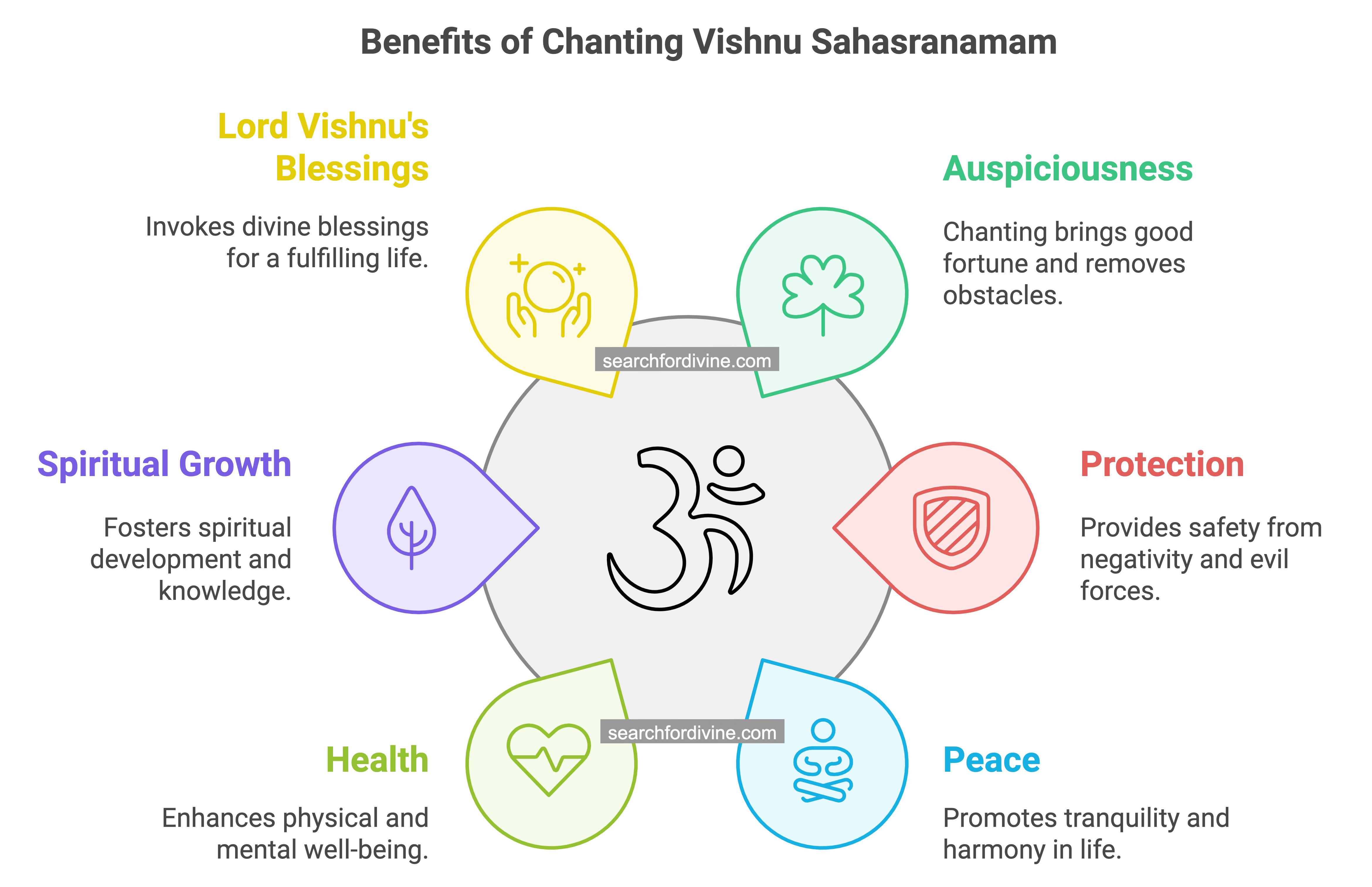
न विष्णुसहस्रनामास्ति तत्तुल्यं परमं स्मरणम्।
मोक्षार्थी सर्वकामेभ्यो निवृत्तचित्तो जपेत्तु तम् ।।
There is no remembrance (smaraṇam) greater than the Vishnu Sahasranamam for attaining moksha. One seeking liberation, with a mind withdrawn from all desires, should chant it.
विष्णुसहस्रनाम जप्यं सर्वपापविमोक्षणम्।
दुःख नाशं सुखं दानं सर्वलोकहिताय च।।
Chanting the Vishnu Sahasranamam leads to liberation from all sins. It destroys suffering, grants happiness, and benefits all beings.
न विष्णुसहस्रनामास्ति स्तोत्रं तत् तुल्यं कर्मणि।
यद्दत्ते सर्वपापघ्नं च मोक्षं च परमं नृणाम्।।
There is no ritual comparable to the Vishnu Sahasranamam stotram. It grants the destruction of all sins and the ultimate liberation for humans.
Each of the thousand names within the Vishnu Sahasranamam unveils a unique facet of Lord Vishnu’s majesty. From his role as the creator and sustainer of the universe to his various awe-inspiring forms, the stotra paints a magnificent portrait of the divine. Chanting these names is believed to:
– Bestow auspiciousness and remove obstacles
– Grant protection from negativity and evil forces
– Promote peace, health, and well-being
– Enhance spiritual growth and knowledge
– Invoke the blessings of Lord Vishnu for a fulfilling life
The mere recitation of the Vishnu Sahasranamam is said to generate a powerful vibration that purifies the mind and body. The rhythmic chanting creates a sense of focus and inner peace, drawing the devotee closer to the divine.
Origins of the Vishnu Sahasranamam
The Vishnu Sahasranamam finds its roots within the Mahabharata, the epic saga of ancient India. Embedded within the Anushthanaparva book, it’s narrated by Bhishma, the great warrior, on his deathbed. Bhishma, revered for his wisdom, extols the virtues of chanting the Vishnu Sahasranamam, highlighting its ability to grant liberation (moksha) and fulfill one’s desires. This divine stotra is believed to have been composed by Sage Veda Vyasa, the compiler of the Mahabharata.
Brahmamuhurta: The Ideal Time
ब्रह्मणः मुहूर्ते तु सर्वे देवाः समागताः।तस्मिन् कर्मणि कुर्वीत सर्वसिद्धिर्भवति ततः।।
During the muhurta of Brahma, all the Devas gather. Performing any action during this time leads to success in all endeavors.
यत्प्रातः स्मरणीयार्थं य एवं विधितः क्रियाः।
संवत्सरस्य यः शेषः स ब्राह्मणो निरामयः॥
He who meditates during the Brahmamuhurta gains greater results than one who meditates at other times, just as the swan that can extract milk from a mixture of milk and water.
वेदपठनं जपहोमः स्नानं दानं च सर्वदा ।
ब्राह्मे मुहूर्तकर्मणि श्रेष्ठं भवति भारत ।।
Reciting Vedas, chanting mantras, performing yajnas (fire rituals), bathing, and giving charity - all these acts are considered most excellent when done in Brahma Muhurta, O Bharata.
The shastras emphasize the importance of time in spiritual practices. Brahmamuhurta, the period roughly between 30 minutes before sunrise to sunrise, holds immense significance. Considered the most sattvic time of the day, Brahmamuhurta is believed to be:
– Free from distractions and disturbances
– Filled with calmness and peaceful atmosphere
– Conducive for deep meditation and spiritual connection
Chanting the Vishnu Sahasranamam during Brahmamuhurta allows you to tap into this pure energy, enhancing the effectiveness of your practice. The calmness of the pre-dawn hours fosters a state of focused devotion, allowing you to fully absorb the meaning and power of each name.
Vishnu Sahasranamam Throughout the Day
While Brahmamuhurta is considered the ideal time, the beauty of the Vishnu Sahasranamam lies in its accessibility. The shastras acknowledge that not everyone can adhere to a strict pre-dawn routine. Here’s the good news:
– The Vishnu Sahasranamam can be chanted with devotion any time during the day.
– Early morning hours after sunrise are also considered auspicious.
– Evenings, particularly before sunset, create a serene atmosphere for chanting.
The key lies in approaching the stotra with a clean mind and a heart filled with devotion. Regardless of the time, ensure you are in a clean and quiet environment, free from distractions, to fully benefit from the experience.
Nighttime Chanting: Considerations and Alternatives
The shastras advise some caution when considering chanting the Vishnu Sahasranamam at night. Here’s why:
• Nighttime is generally considered a time for rest and rejuvenation.
• The energy during this period might not be as conducive for focused chanting.
• Certain traditions believe that nighttime might have a higher presence of tamasic (impure) energies.
However, if chanting at night is your only option, here are some alternatives:
• Choose a well-lit and positive space within your home.
• Chant a shorter version of the Vishnu Sahasranamam, like the Vishnu Ashtottara Nama Stotra (108 names of Vishnu).
• Focus on the meaning of each name and visualize Lord Vishnu’s divine form.
The Power Lies Within Your Devotion
Ultimately, the most important factor is your sincere devotion. Whether you choose the serenity of Brahmamuhurta, the peace of morning or evening, or even a quiet moment at night, let your heart guide you. With unwavering faith and focused chanting, the Vishnu Sahasranamam will undoubtedly lead you closer to the divine presence of Lord Vishnu.


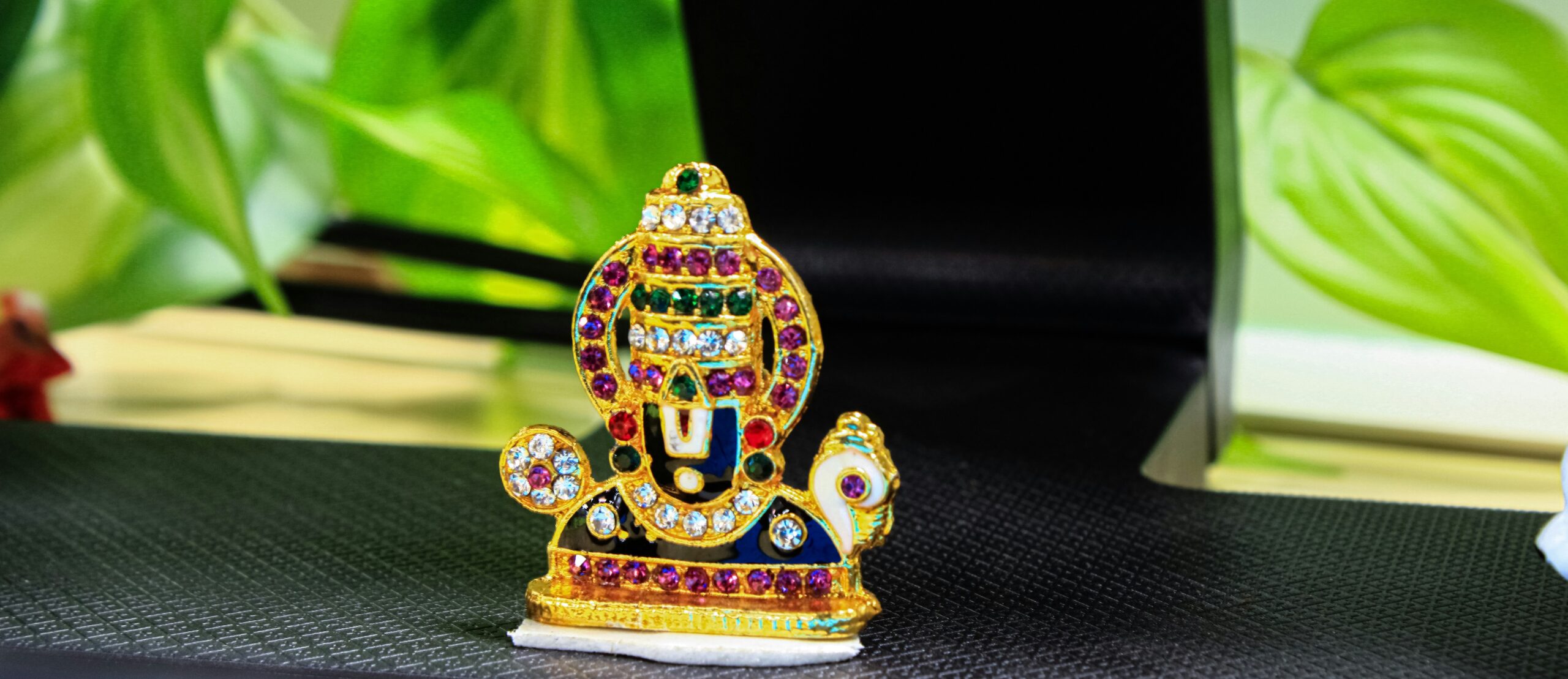
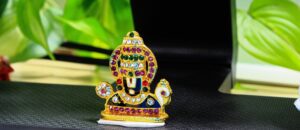

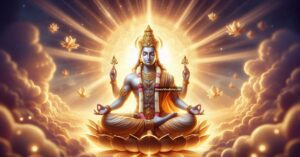
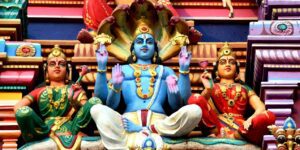

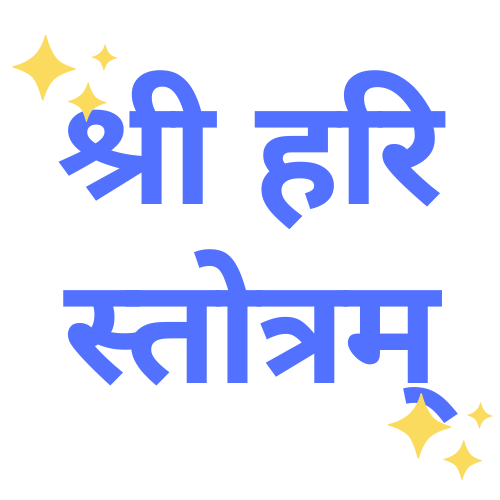
Krishna Ashtakam